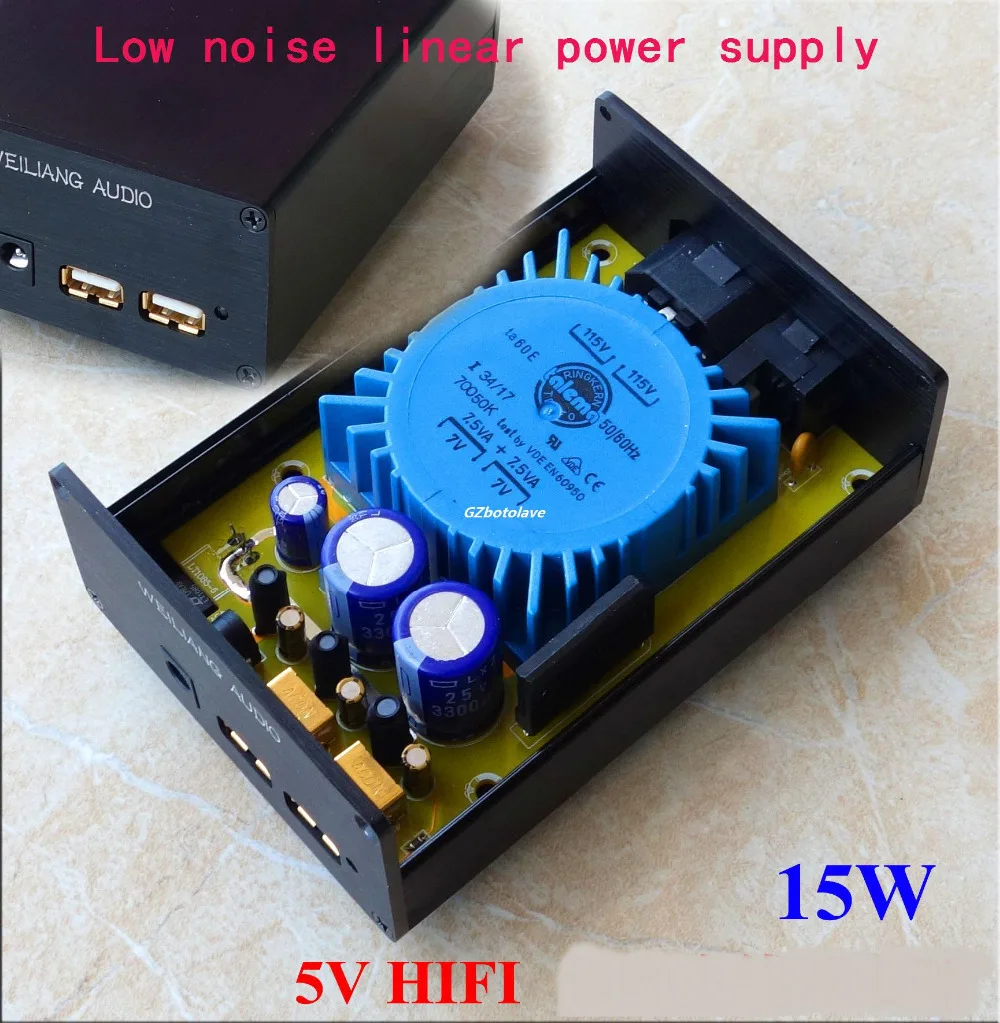


Most of these methods can also be used to measure graphics card VRM temperature, and the temperature of its, GPU & VRAM. Here are the various methods and techniques by which you can monitor your motherboard’s chipset and VRM temperature. So, here I am going to list down various methods to find out your motherboard chipset and VRM temperature, so that can you can take appropriate measures to cool them down. Monitoring and knowing about your VRM and Motherboard temperature is very important, when you are facing any kind of instability issues with your system because these components often get ignored most of the time. Motherboard chipsets generally remain within the safe temperature range, but if they cross the threshold temperature then you can face various issues regarding stability. Intel calls its motherboard chipset PCH (Platform Hub Controller), whereas AMD calls it FCH (Fusion Controller Hub) or just motherboard chipset only.Ī low-end motherboard chipset may not get that hot, but a mid-range and high-end motherboard chipset can get very hot and they are generally equipped with bigger heatsinks. Basically, a motherboard chipset allows I/O devices and components to communicate with the CPU. Modern-day motherboard chipsets consist of I/O channels and Interfaces that include SATA ports, USB ports, RAID support, some PCI-E lanes, and maybe some other things depending on the chipset. Almost all of the mid-range and high-end motherboards come with heatsinks over VRMs for overclocking, so as to prevent them from overheating and thus avoiding any kind of system instability and unexpected shutdown. MOSFETs are the main element of a VRM, and they can get very hot during high CPU usage, especially during overclocking. VRM mainly consists of MOSFETs, Inductors or Chokes, Capacitors, and a Logic Unit which is an Integrated Circuit (IC) and is called the PWM controller. It converts higher 12V or 5V voltages from the PSU to a much lower voltage (1.2V or so) that is required by the CPU or processor. VRM or Voltage Regulator Module is responsible for providing power to your processor or CPU and RAM. If your motherboard chipset and VRM get very hot, then they can lead to instability and other issues with your PC. Thank you for supporting the work I put into this site!) (*This post may contain affiliate links, which means I may receive a small commission if you choose to purchase through the links I provide (at no extra cost to you).


 0 kommentar(er)
0 kommentar(er)
